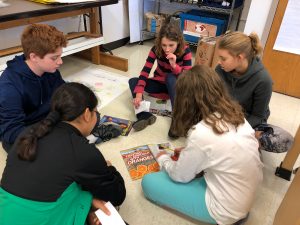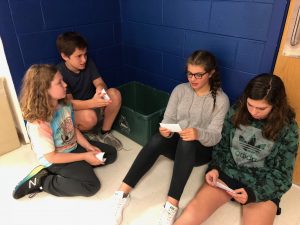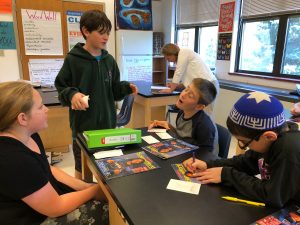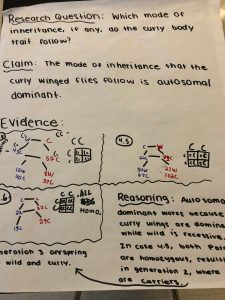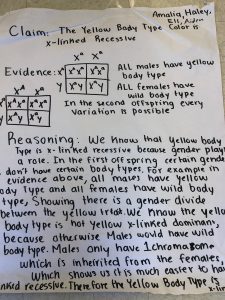Seventh graders have been examining different properties of matter, including, color, hardness, solubility, and now melting points. This week the 7th graders determined the melting points of soap and fat and analyzed whether the amount of a substance affects the properties of that substance. Students are developing wonderful laboratory skills, patience, and the ability to use what they learn in an experiment to draw appropriate scientific conclusions. Ask your child what they have learned!
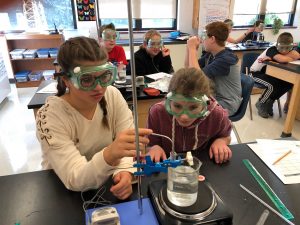
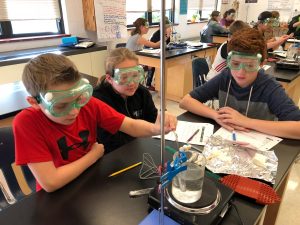
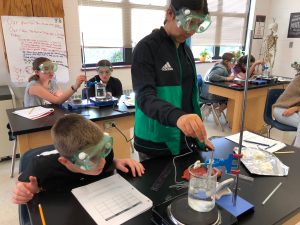
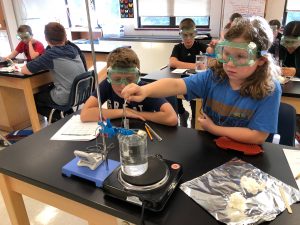
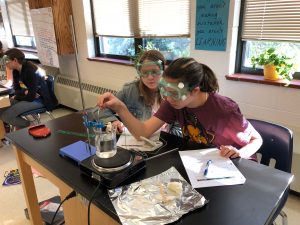
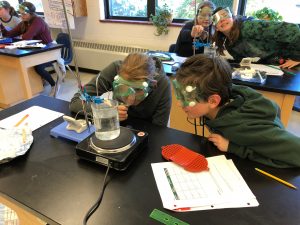
We all know that middle schoolers love to express their opinions. However, sometimes it’s difficult getting them to share their ideas about what’s happening in the world of science. So, on Friday, students discussed an article from Science World magazine about a young boy fighting to slow the effects of climate change by planting trees. Seventh graders read the article independently jotting down ideas with which they agreed, disagreed, connected to, wanted to talk more about, or questioned. Everyone then had an opportunity to contribute their thinking to a small group and respond to others’ ideas developing their ability to engage in critical discourse.
